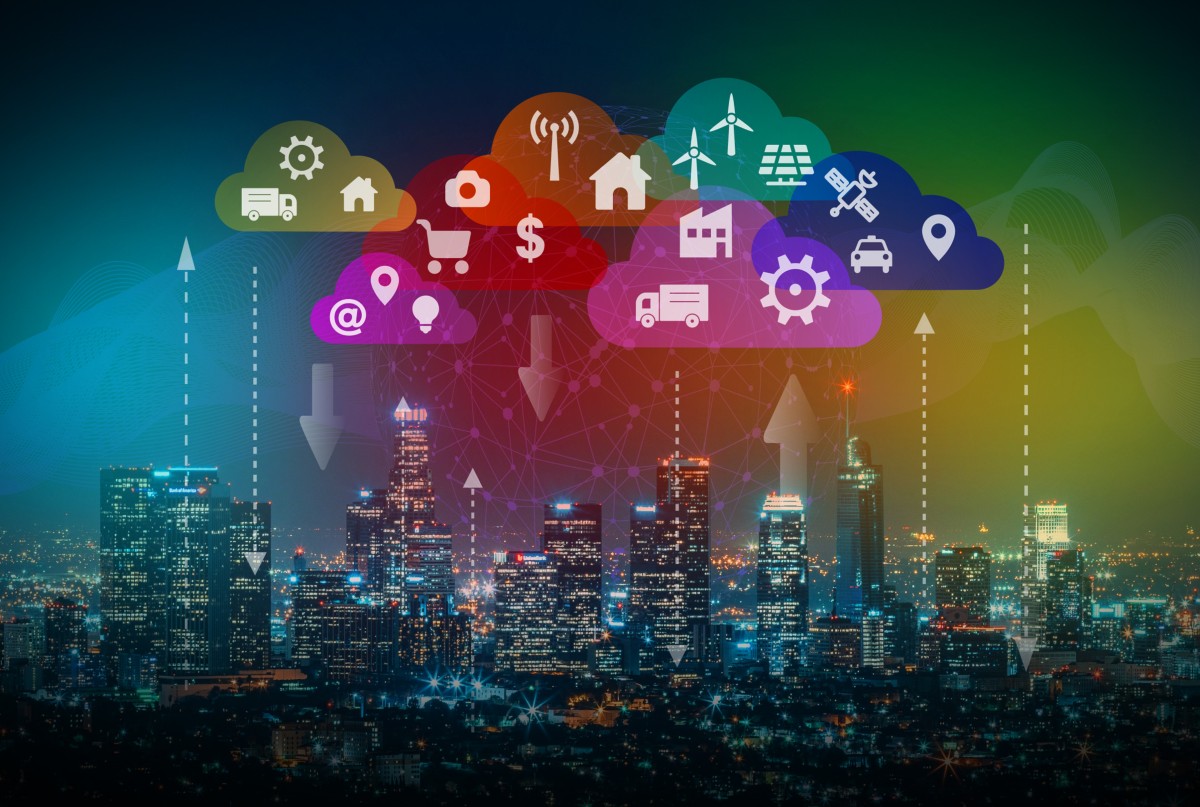Source – https://thebossmagazine.com/
The Internet of Things (IoT) and machine learning are two of the most disruptive technologies in business today. Separately, both of these innovations can bring remarkable benefits to any company. Together, they can transform your business entirely.
The intersection of IoT devices and machine learning is a natural progression. Machine learning needs large pools of relevant data to work at its best, and the IoT can supply it. As adoption of both soars, companies should start using them in conjunction.
1. Highlighting and Addressing Inefficiencies
Around 25% of businesses today use IoT devices, and this figure will keep climbing. As companies implement more of these sensors, they add places where they can gather data. Machine learning algorithms can then analyze this data to find inefficiencies in the workplace.
Looking at various workplace data, a machine learning program could see where a company spends an unusually high amount of time. It could then suggest a new workflow that would reduce the effort employees expend in that area. Business leaders may not have ever realized this was a problem area without machine learning.
Machine learning programs are skilled at making connections between data points that humans may miss. They can also make predictions 20 times earlier than traditional tools and do so with more accuracy. With IoT devices feeding them more data, they’ll only become faster and more accurate.
2. Business Process Automation
Machine learning and the IoT can also automate routine tasks. Business process automation (BPA) leverages AI to handle a range of administrative tasks, so workers don’t have to. As IoT devices feed more data into these programs, they become even more effective.
Over time, technology like this has contributed to a 40% productivity increase in some industries. Automating and streamlining tasks like scheduling and record-keeping frees employees to focus on other, value-adding work. BPA’s potential doesn’t stop there, either.
BPA can automate more than straightforward data manipulation tasks. It can talk to customers, plan and schedule events, run marketing campaigns and more. With more comprehensive IoT implementation, it would have access to more areas, becoming even more versatile.
3. Supply Chain Visibility
One of the most promising areas for IoT implementation is in the supply chain. IoT sensors in vehicles or shipping containers can provide companies with critical information like real-time location data or product quality. This data alone improves supply chain visibility, but paired with machine learning, it could transform your business.
Machine learning programs can take this real-time data from IoT sensors and put it into action. It could predict possible disruptions and warn workers so they can respond accordingly. These predictive analytics could save companies the all-too-familiar headache of supply chain delays.
UPS’ Orion tool is the gold standard for what machine learning can do for supply chains. The system has saved the shipping giant 10 million gallons of fuel a year by adjusting routes on the fly based on traffic and weather data.
4. Risk Management
If a company can’t understand the vulnerabilities it faces, business leaders can’t make fully informed decisions. IoT devices can provide the data businesses need to get a better understanding of these risks. Machine learning can take it a step further and find points of concern in this data that humans could miss.
IoT devices can gather data about the workplace or customers that machine learning programs then process. For example, Progressive has made more than 1.7 trillion observations about its customers’ driving habits through Snapshot, an IoT tracking device. These analytics help the company adjust clients’ insurance rates based on the dangers their driving presents.
Business risks aren’t the only hazards the Internet of Things and machine learning can predict. IoT air quality sensors could alert businesses when to change HVAC filters to protect employee health. Similarly, machine learning cybersecurity programs could sense when hackers are trying to infiltrate a company’s network.
5. Waste Reduction
Another way the IoT and machine learning could transform your business is by eliminating waste. Data from IoT sensors can reveal where the company could be using more resources than it needs. Machine learning algorithms can then analyze this data to suggest ways to improve.
One of the most common culprits of waste in businesses is energy. Thanks to various inefficiencies, 68% of power in America ends up wasted. IoT sensors can measure where this waste is happening, and with machine learning, adjust to stop it.
Machine learning algorithms in conjunction with IoT devices could restrict energy use, so processes only use what they need. Alternatively, they could suggest new workflows or procedures that would be less wasteful. While many of these steps may seem small, they add up to substantial savings.
It’s Time to Embrace the IoT and Machine Learning
Without the IoT and machine learning, businesses can’t reach their full potential. These technologies enable savings companies couldn’t achieve otherwise. As they advance, they’ll only become more effective.
The Internet of Things and machine learning are reshaping the business world. Those that don’t take advantage of them now could soon fall behind.
